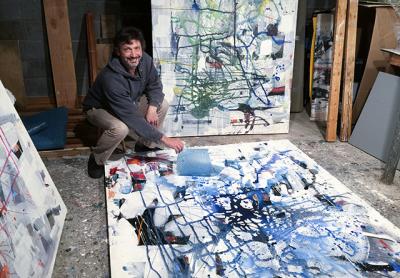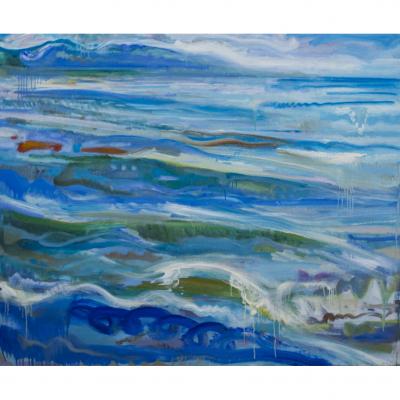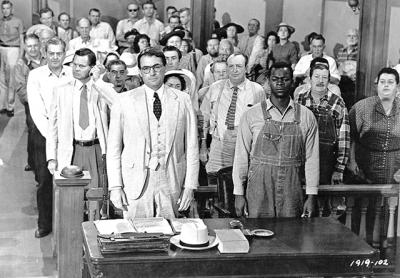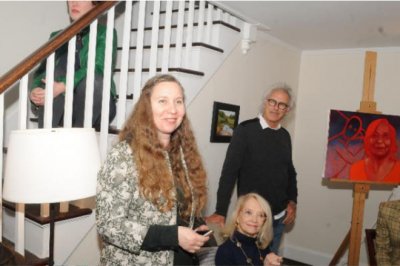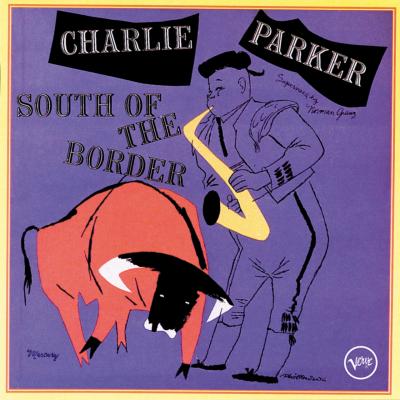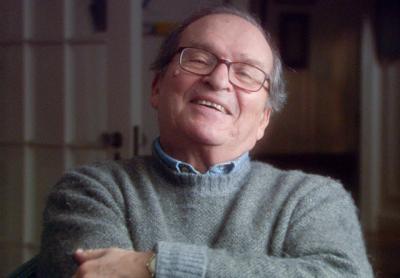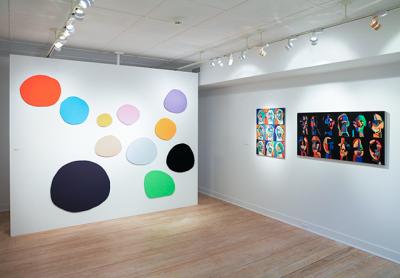Nancy Atlas Returns to Bay Street Theater
Nancy Atlas Returns to Bay Street Theater
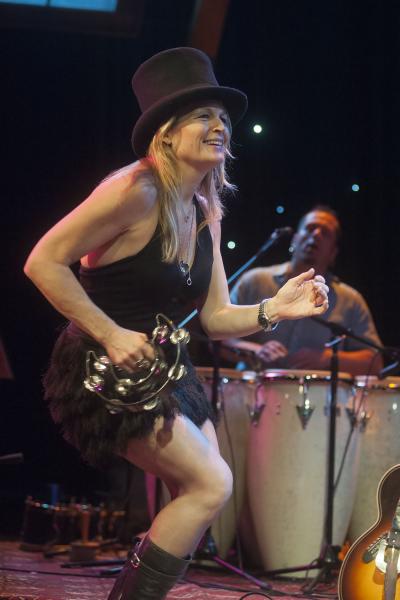
Bay Street Theater in Sag Harbor is bringing back its popular winter program “Fireside Sessions With Nancy Atlas and Special Guests,” starting Saturday at 8 p.m. and continuing weekly through Jan. 28. The first concert will feature Clark Gayton, who played trombone on Bruce Springsteen’s Wrecking Ball tour and has accompanied such other artists as Sting, Whitney Houston, Rihanna, Prince, Stevie Wonder, and Wyclef Jean.
Known for her raw, live performances, Ms. Atlas and her band, the Nancy Atlas Project, long-time fixtures of the East End music scene, have opened for an encyclopedic list of music icons, among them Elvis Costello, Lucinda Williams, Toots and the Maytals, Jimmy Buffet, and Crosby, Stills, and Nash.
Subsequent guest artists will include the keyboardist Danny Kean (Jan. 14), the violinist Randi Fishenfeld (Jan. 21), and, for the final show, a special guest to be announced. Tickets, which are selling fast, are $25.

